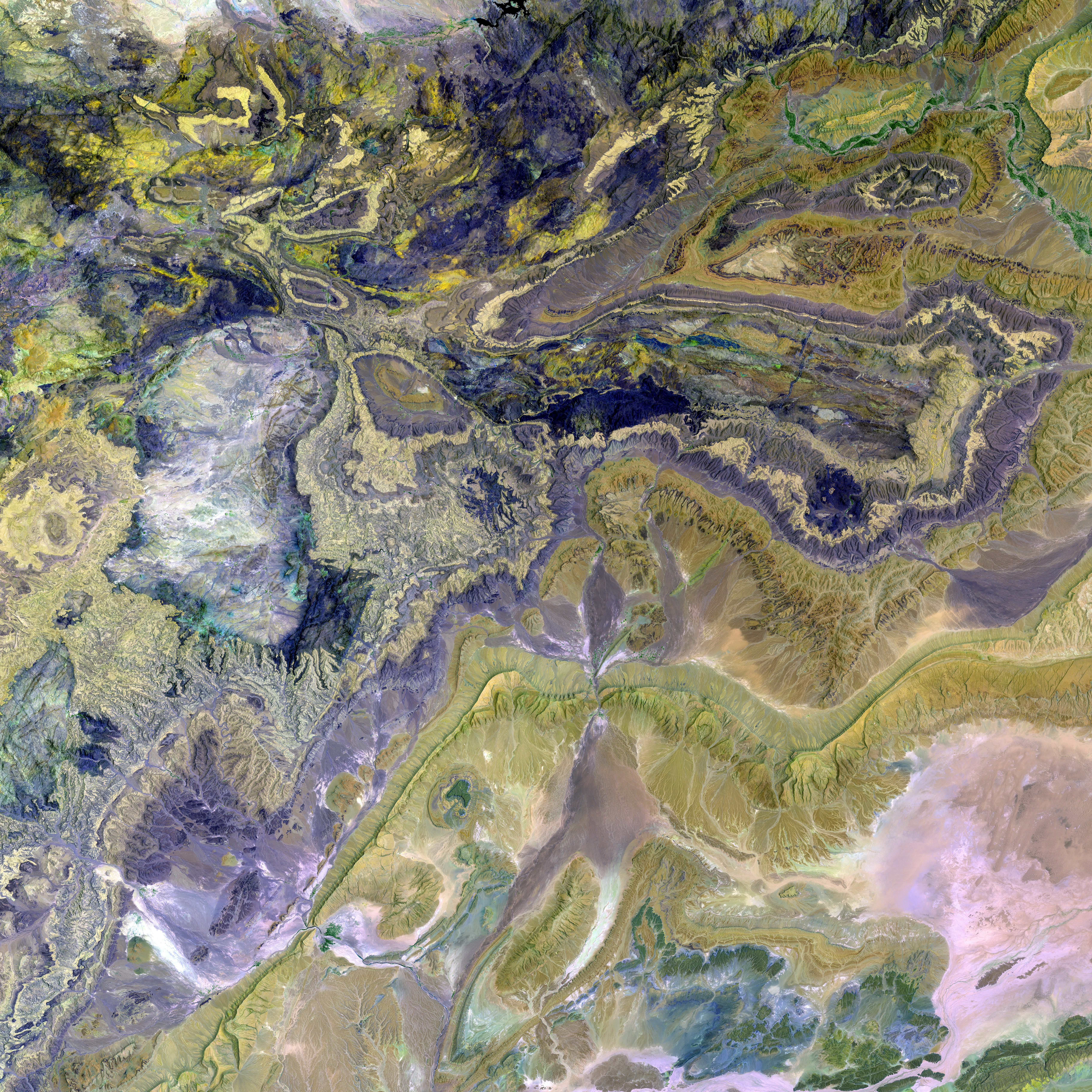Various Kinds of Wood for Every Craft Endeavor
Different types of wood hold various properties that can significantly impact strength, aesthetics, durability, and cost. Whether constructing furniture, a house, or outdoor structures, understanding the distinctive qualities of various wood species is essential.
Types of Wood: A Comprehensive Guide
The article below catalogs several notable examples of wood species: oak, cherry wood, maple, mahogany, teak, cedar, Mindi wood, and engineered wood.
Oak
Oak is a traditional choice for both furniture and flooring, offering strength and durability. Red oak has an open grain pattern with a reddish brown hue, while white oak boasts high shrinkage and natural resistance to moisture. As hardwoods, they serve as excellent materials for projects demanding structural integrity.
Cherry Wood
Cherry wood catches the eye with its warm reddish brown color, smooth finish, and tendency to develop a rich patina over time. Its tight grain and smooth surface make it a popular choice for high-end furniture and cabinets, with pre-conditioning enhancing its ability to accept stains.
Maple
Both hard and soft maple originate from deciduous trees, with hard maple being denser and offering exceptional strength. Soft maple, with its finer grain and light brown to golden brown tones, is a versatile option that's less challenging to work with but still strong enough for most hardwood applications. Maple is commonly used for flooring, cutting boards, and bowling alleys.
Mahogany
Mahogany, one of the more expensive woods, is renowned for its deep color, close grain, and smooth surface. Its uniform appearance and aesthetic appeal make it favored among woodworkers for high-end furniture, musical instruments, and decorative veneers.
Teak
Teak, specifically Tectona grandis, is the preferred choice for outdoor furniture due to its natural resistance to rot and insects. Its high oil content and resistance to rot give it a long-standing reputation in the English Royal Navy, while its durability and fire resistance make it an attractive investment for homeowners using it outdoors.
Cedar
White cedar is a valuable softwood for its lightweight nature and natural resistance to decay. It is often employed in outdoor applications like siding, window frames, and garden structures, while eastern red cedar, with its distinctive grain and pleasant scent, is a popular choice for chests and closets.
Mindi Wood
Less celebrated than other hardwoods, Mindi wood features a straight grain and yellowish brown tone, making it an attractive material for furniture construction due to its lightweight nature, easy shaping, and impressive stability.
Engineered Wood
Engineered wood products, including medium density fibreboard (MDF) and particle board, consist of bonded wood fibers or particles held together with resin. These cost-effective materials offer a smooth surface for veneers and laminates, although they lack the strength of solid wood, making them widely utilized in the construction industry and furniture manufacturing.
Understanding the unique characteristics of various wood types ensures the optimal selection for any given project.
- The guide mentions that teak, specifically Tectona grandis, is favored for outdoor furniture due to its natural resistance to rot and insects, making it an excellent choice for homeowners looking to invest in durable outdoor structures.
- Engineered wood, such as medium density fibreboard (MDF) and particle board, is cost-effective due to their makeup of bonded wood fibers or particles held together with resin, and they offer a smooth surface for veneers and laminates, often used in furniture manufacturing and the broader construction industry.




